
Books
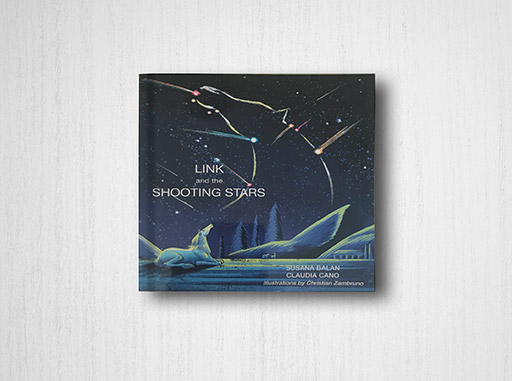
Link and the Shooting Stars
The book written with Claudia Cano describes LINK’s journey, a little horse looking for the place where shooting stars land as a metaphor for the search for himself and to know who he really is.
His dream describes the hero’s learning path, also undertaken by those represented by this character. The honest journey of someone who feels gratitude and love for the world he belongs to, yet feels called upon by adventure, plunging into the unknown, which will lead him to new experiences of self-discovery and to finally know who he is, his true essence.
After encountering allies and enemies and going through tests, he discovers what “home” really means to him.
In addition to living his own story, Link thinks about the feelings triggered by each one of his actions. Each reflection, each question he asks himself is actually being asked to us readers. This way, anyone who has felt left out or misunderstood in the adventure book that life can sometimes be, will feel that they are not going through this alone.
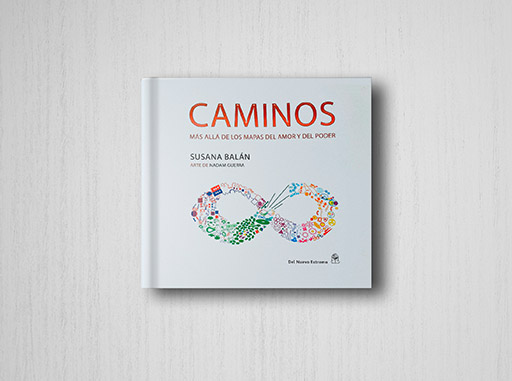
Paths
Published in 2007 by Del Nuevo Extremo and illustrated by Nadam Guerra while the author was living between New York and Ontario. Susana describes the paths of life marked on two maps: the map of love and the map of power. In the first map, travelers set out to find people to comfort them, and in the second, they look for exciting projects. In both maps, travelers look for their own version of happiness, thinking it is the only possible one.
Other travelers, more ambitious, seek to navigate both maps, trying to be loved and admired at the same time and in the same place. They mix up the map signs, do what others want and what they want, thus never arriving at their destination.
The author describes the experience of other travelers, even more restless, who begin an internal journey towards a destination guided by three compasses: precision, resonance, and reciprocity, which leads them to a feeling of integrity by creating a new map. The sense of peace that travelers feel when reaching these moments of coherence is the same for all, but the path to get there differs from traveler to traveler and from journey to journey.
COMPRAR EN INGLÉS
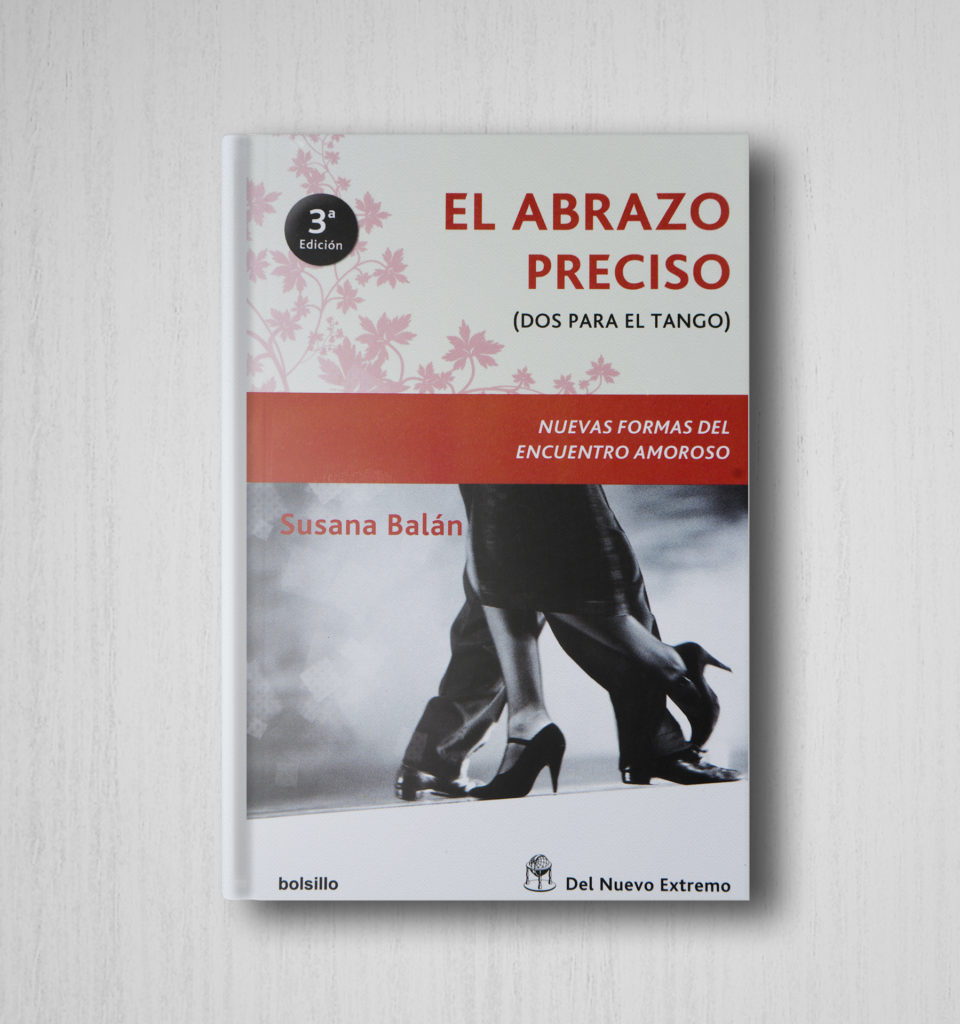
El Abrazo Preciso
A few months after settling down in New York in 1998 —accompanying her husband on a new job—, a Latin American journalist tells Susana: “You, the women of your generation, taught us how to fight, but you didn’t teach us to love.” The author accepts the challenge and, together, they start doing research, to understand what happens with professionally successful women and men but who have serious difficulties in the field of relationships.
In love matters, women from the beginning of the 21st century want it all. They are convinced that “when there’s a will, there’s a way” and believe that, if they set their mind on something, as only they know how to, they will fulfill all of their romantic aspirations, as they do in areas such us work, social life, traveling or the command of their body.
The conclusions of this research take the form of this book, published by Del Nuevo Extremo (Two to Tango.) Balán describes the quest for the “right hug” in people that set their mind on creating a new way to dance, breaking the chains of dichotomous thinking. After years of doubting the contradictions carved in stone inside their emotions, the dance in search of a happy love encounter continues, while the partners in this choreography learn to create their own emotional contract. Guided by their truth, without conquering or being conquered, with no total dependence nor absolute independence but autonomy, these daughters and sons of contradictory mothers try to obtain what they are looking for. By doing so, they teach us, their mothers, how to love.
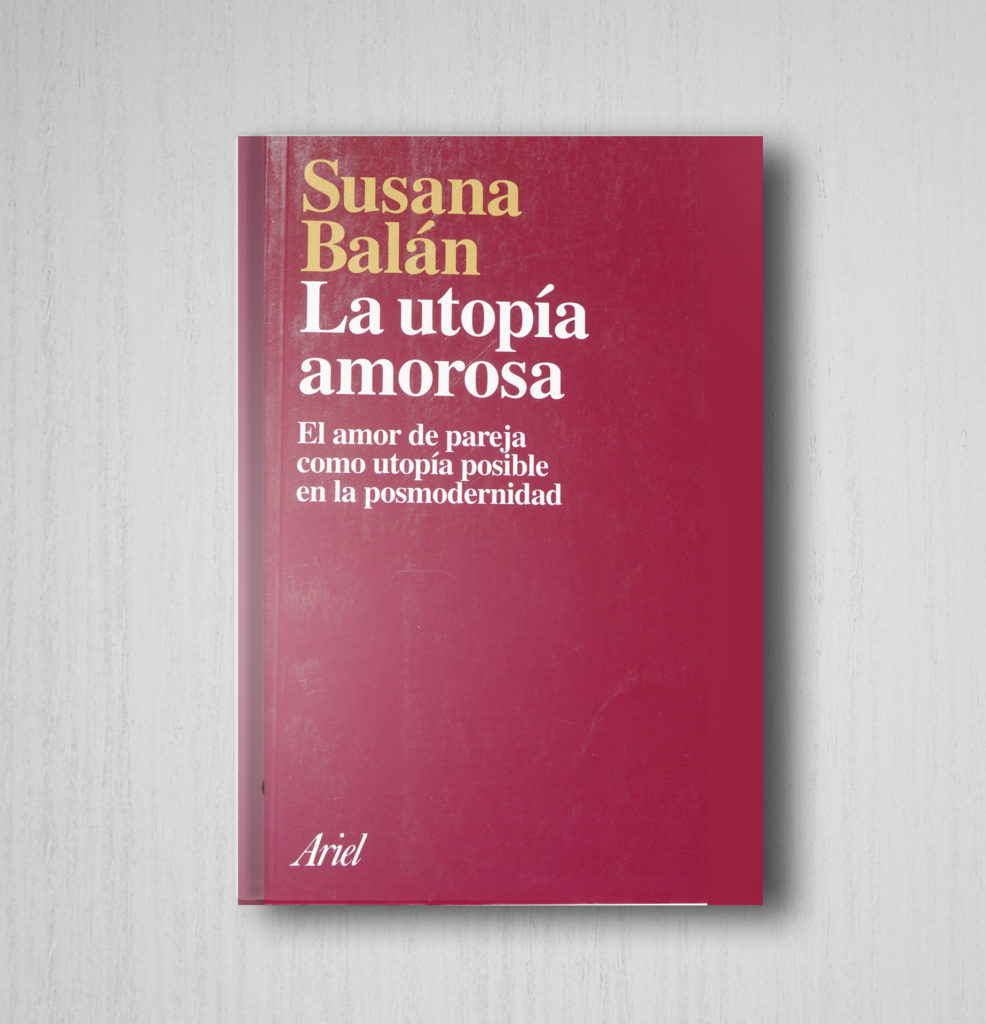
La Utopía Amorosa
This book is inspired by a story that takes place in a night in Rio de Janeiro in the year 1980. Susana goes with her mother, her two daughters and a friend to the theater to see “A Midsummer’s Night Dream” as a part of her mother’s 75th birthday celebration. When the show is over, the actor that plays Puck, the “mischievous sprite" of the play, approaches her mother and says, while taking a bow: “This one was for you.” Stunned and astonished, Susana looks at the scene. Love, seduction, flirting. Those were words, actions, emotions not linked to her mother, a selfless, simple woman, not very fond of female coquetry, completely dedicated to care, of her siblings first, then her own mother, her children and, at that time, her grandchildren.
Her mother confirms that what just happened makes total sense because “we spent the entire play looking into each other’s eyes and yes, we had a love encounter.” That event triggered so much curiosity in the author that she felt forced to rethink her ideas about love.
Susana ponders about how some people do so well in life and so poorly in their love relationships. She describes four ways to look at ourselves, four types of love, which she combines with concepts from Mozart’s “The Magic Flute”: institutional love, passionate love, idealistic or ideological love and everyday love. She writes this book from her own clinical experience in Buenos Aires, where it is published in 1997 as part of the Ariel collection of Planeta.
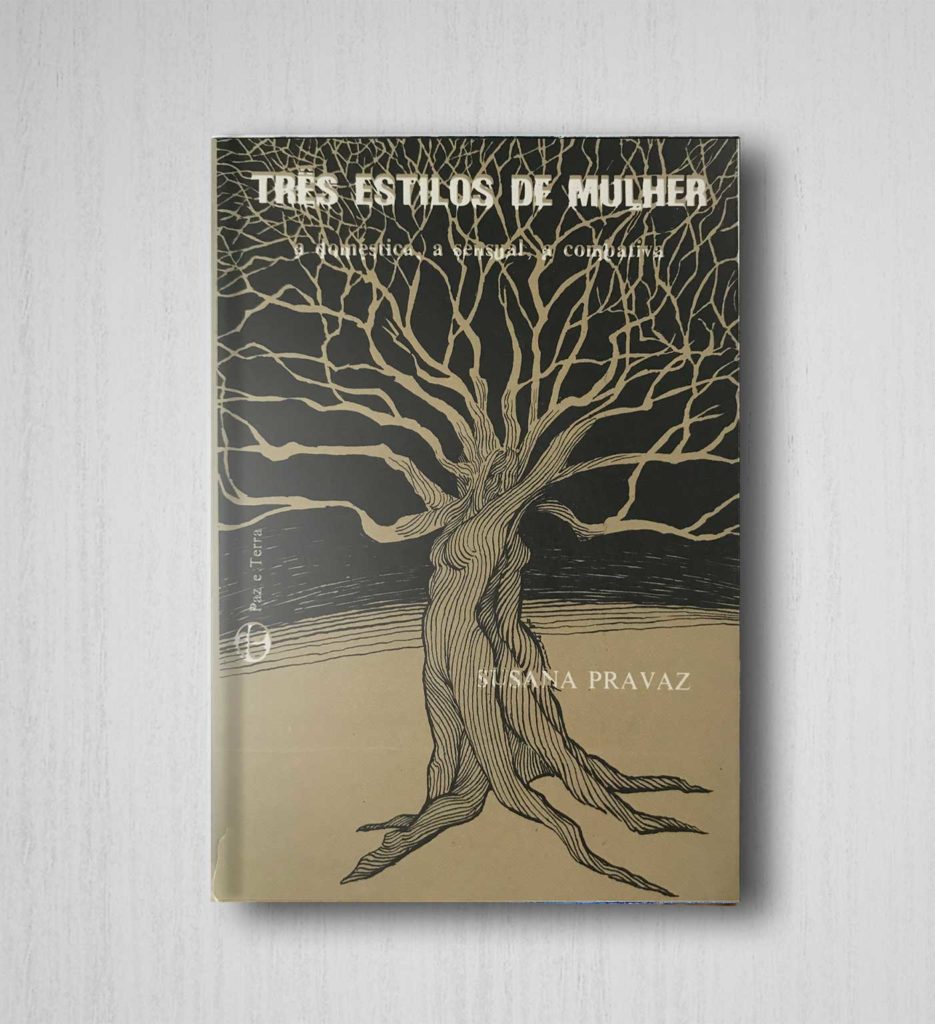
Tres estilos de mulher
Published in Brazil in 1981 by Paz e Terra, Susana describes what it is like to be a woman in the three countries she was connected with at the time: Brazil, Argentina and Peru. She does so using interviews with women who share certain social characteristics and grew up exposed to the different cultural messages in each one of these three countries.
In this comparative book, the author resorts to the attributes of the Greek mythology goddesses to develop the Aphrodite model of woman —goddess of beauty, sensuality and love— she finds in Rio; Athena’s model of woman —goddess of strategy, science and justice— more frequently found in Buenos Aires; and Hera’s model of woman —goddess of marriage and family—, more predominant in Lima.
Three types of women that encourage readers to think of their own style.
The more complex a woman is, more likely it is for her to host several active goddesses. This book helps them decide which one to develop, in order to find the best way to relate to themselves, to other women and to men